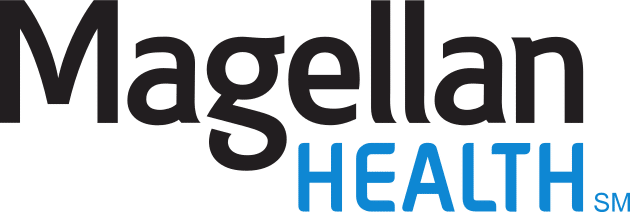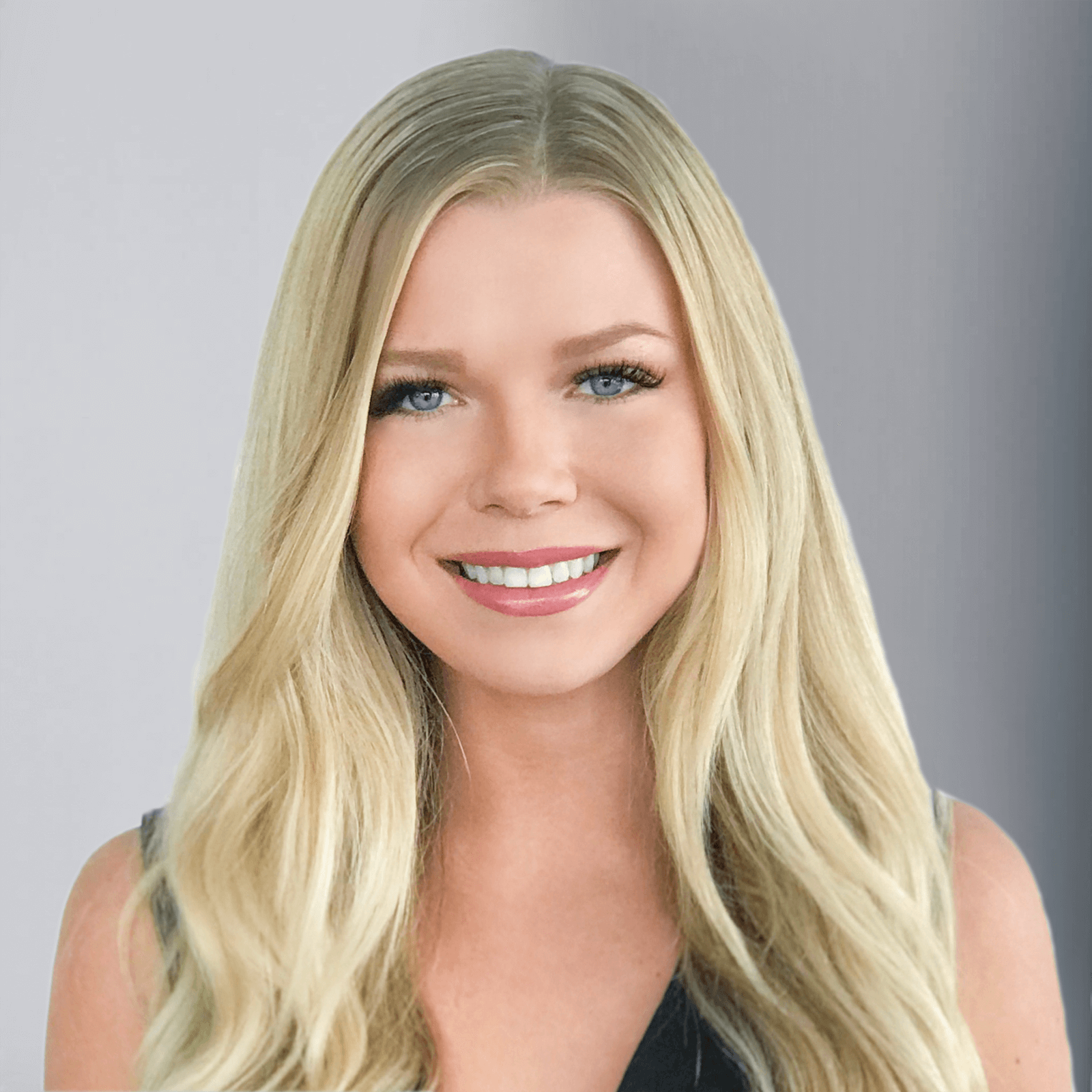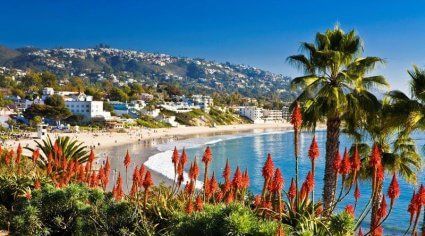Alcohol In Music
Music is full of references to alcohol and even celebrates excessive drinking as a fun activity, which can promote unhealthy drinking patterns in listeners.
The Prevalence Of Alcohol In Music
Today’s music is full of references to alcohol and often even celebrates excessive drinking as a fun and beneficial activity. In fact, a study conducted by Northwestern University found that 22.4% of songs on the Billboard’s Hot 100 list mentioned alcohol. Another study by Boston University and Johns Hopkins University looked at Billboard’s listings of the most popular songs from 2009-2011. They identified 720 songs, with a whopping 167 (23.2%) of them mentioning alcohol.
Data from the research performed by BU and John Hopkins showed that the three music genres that had the most alcohol-centered music were as follows:
- Hip-Hop & Rap
- Country
- Pop
Themes of alcohol use were most apparent in rap and hip-hop music. These genres accounted for 37.7% of the songs that mention alcohol, and most frequently referenced tequila, vodka, cognac, and champagne. Country music was the second most alcohol-prevalent genre, with 32% of the mentions being found in country songs. Third was pop music, which accounted for 30.5% of the mentions. Unlike rap and hip-hop, country and pop music most typically referenced whiskey and beer. The study also found that songs in all of these genres widely portrayed alcohol in a positive light, and rarely presented the negative consequences associated with alcohol use.
Online Counseling
for Alcohol Addiction
Paid Advertising. We receive advertising fees from purchases through the promoted links below.
BetterHelp - Professional Therapy, 100% Online
Get professional help from an addiction and mental health counselor from BetterHelp. Start getting support via phone, video, or live-chat.
Take the Quiz. Get Matched. Begin Therapy.
Talkspace - Online Therapy & Recovery Support
Online therapy can help you with long term addiction support. Connect with a Talkspace therapist anytime, anywhere.
Match with a therapist to get started.
How Does Alcohol In Music Influence Use?
Pop culture plays a significant role in people’s lives. According to the Social Learning Model, people learn not only by direct experience but also by exposure to modeled behavior, such as that represented in popular music. Individuals that are exposed to representations of drinking and alcohol use are more likely to engage in those behaviors themselves if they are represented in a positive light and associated with desirable affluences.
The placement of alcohol brands in musical lyrics has essentially become a form of mass marketing that has an evidenced positive correlation on liquor sales. A study performed by the School of Public Health found that among Billboard’s most popular song lists in 2009, 2010, and 2011, there were four liquor brands that appeared with surprising frequency: Patron tequila, Hennessy cognac, Grey Goose vodka, and Jack Daniel’s whiskey. They accounted for more than half of the brands named in songs that referenced alcohol brands and most of these references were positive rather than negative ones. According to the study, the brand names were associated with wealth 63.4% of the time; sex, 58.5%; luxury objects, 51.2%; partying, 48.8%; other drugs, 43.9% and vehicles, 39%. These brands all had a spike in sales while the songs that mentioned them stayed at the top of the charts.
This phenomena can specifically be seen in the spike in popularity of Fireball whiskey after country music artist Florida Georgia Line came out with the smash hit “Round Here” in 2012. The song boasted the lyrics “That Fireball whiskey whispers / Temptation in my ear / It’s feelin’ alright Saturday night / And that’s how we do it ‘round here,” prompting a 310% increase in Fireball sales that year that totaled to $61 million in 2013. Although music may not directly cause people to drink, it can foster and increase alcohol use due to social and cultural influence. Alcohol in music is often associated with fun, power, money, respect, and sexual relationships which can all cause listeners to use alcohol in an effort to emulate their favorite musicians.
Influencing At-Risk Youth
Young people are at particular risk of being negatively influenced by alcohol in music. For every hour that an American teen listens to music, he or she will hear more than three references to brand-name alcohol – that’s about 34 in the course of a day. Popular music has a large role in socializing what is and isn’t cool for teenagers and adolescents, and the exposure of young people to alcohol in music is a major concern. At least 14 long-term studies have shown that heavy exposure to alcohol marketing in the media increases the likelihood that young people will start drinking, or if already drinking, consume more.
Many researchers are placing the majority of the blame on the urban music genres (R&B/Rap/Hip-Hop), who they say promote a “luxury lifestyle characterized by degrading sexual activity, wealth, partying, violence, and the use of alcohol.” The majority of the alcohol-related references in these genres are framed positively, linking alcohol use to valued attributes and favorable outcomes. Many of these songs also specifically target younger audiences and encourage dangerous drinking behaviors.
For example, Asher Roth’s “I Love College” includes lyrics like “I wanna go to college for the rest of my life / Sip Bankers Club and drink Miller Lite / So fill up my cup / Let’s get f*cked up” and “Time isn’t wasted when you’re getting wasted,” which frames excessive alcohol use as a totally normal and fun part of the college experience. Alcohol trade industries have publicly said that they do not market to underage drinkers; however, this line is difficult to distinguish as liquor companies will reward recording artists with product sponsorships and endorsement deals when songs climb the charts.
Early alcohol use is a significant concern because it is associated with many negative health outcomes. Those who begin drinking during adolescence could be causing damage to their rapidly-developing brain, altering structures that contribute to cognitive functions. Additionally, when individuals begin drinking in their teen years, they may be more likely to develop an addiction by the time they enter early adulthood. Teens may also be at an increased risk of developing heart disease and certain types of cancer that are linked with alcohol consumption.
Need Addiction Support?
It’s time to reclaim your life from addiction. Call now to connect with a treatment provider and start your recovery journey.
Reach out to a treatment provider for free today for immediate assistance.
Alcohol In Rap And Hip-Hop Music
Rap and hip-hop are technically separate genres but the two have been increasingly grouped together over the past decade. Both rap and hip-hop music are famous for including controversial topics such as violence, strip clubs, sex, money, drugs, and clubbing. However, one of the most common things mentioned in these genres is alcohol. In fact, rap music includes the largest number of liquor brand-name mentions than any other genre of music. The majority of rap and hip-hop listeners are teenagers and young adults, and this has directly influenced the rate of and attitude towards youth substance abuse. Young people who listen to rap and hip-hop music are more likely to have problems with alcohol, drugs, and violence than listeners of other types of music.
Popular rap songs that incorporate alcohol include:
- “Gin & Juice” by Snoop Dogg and Dr. Dre
- “Shots” by Lil Jon
- “Crack a Bottle” by Eminem
- “Hennessey” by Tupac
Popular hip-hop songs that advocate alcohol use include:
- “Swimming Pools (Drank)” by Kendrick Lamar
- “Fireball” by Pitbull
- “Blame It (On the Alcohol)” by Jamie Foxx
- “Buy You a Drank, (Shawty Snappin’)” by T-Pain
Alcohol In Country Music
Country music and alcohol have gone hand-in-hand for decades; however, the country music of the 90’s and early 2000’s was of a more somber tone compared to that of modern day. In the midst of today’s “bro country,” almost every song on the radio depicts a ‘real man’s man’ riding around in a truck, a beer in his hand, and a pretty girl on his side – it’s all about having a good time. Country used to cater to a middle-aged crowd, but it is now beginning to target a much younger audience. In fact, the Country Music Association reports that the 18-to-24 age group of country fans has increased by 54% in the last decade. Modern country singers promote alcohol in songs largely as an escape, invoking images of partying with friends, having wild nights on the town, and sitting on the beach with a drink in hand.
Currently more than 10% of the top country songs contain drinking references in the title alone, which has more than doubled from a year ago.
Popular country songs that incorporate alcohol include:
- “You and Tequila” by Kenny Chesney
- “Drunk On a Plane” by Dierks Bentley
- “Beer for My Horses” by Toby Keith
- “Sunshine and Whiskey” by Frankie Ballard
- “Tequila” by Dan and Shay
- “Whiskey Bent and Hell Bound” by Hank Williams Jr.
Additionally, with the rise of “bro-country,” there has been an increase in alcohol-related arrests and deaths at popular country artists’ concerts. The surge of younger concert goers and the growing popularity of pre-concert tailgating has led to an increase in underage drinking at concerts. In the year 2014 alone, there were multiple intoxication-related emergency room visits, arrests, and even one death at country concerts across America.
Alcohol In Pop Music
Pop music is characterized by music that is “catchy,” like-able by a mainstream audience, and often contains elements of other genres such as dance, hip-hop, and rock. Pop music is geared to appeal to the public, and to gain the most or biggest commercial success possible. This genre also has a big influence on young listeners, as it’s what most people will hear on the radio.
Popular hip-hop songs that advocate alcohol use include:
- “Raise Your Glass” by P!nk
- “Drunk In Love” by Beyoncé
- “Cheers (Drink to That)” by Rihanna
- “Like a G6” by Far East Movement
The majority of these songs glamorize drinking and partying without mentioning any of the potential health or legal consequences of these actions. The negative repercussions of the hard-drinking lifestyle, including alcoholism, domestic and bar-related violence, incarceration, and financial troubles were completely omitted from the radio hits. The drinking behavior celebrated in pop music reinforces binge drinking culture while simultaneously downplaying the risks.
Alcohol Rehab Guide is not affiliated with any insurance.
Monitor Your Child’s Music Choices
The music we listen to has a large role in our lives, and particularly that of teens and adolescents. Have an open discussion with your children about the negative consequences of alcohol use, and pay attention to what your children are listening to, especially if you hear any lyrics related to drink or alcohol. If you suspect that your child may have a drinking problem, contact a treatment provider today to learn about potential treatment options.







